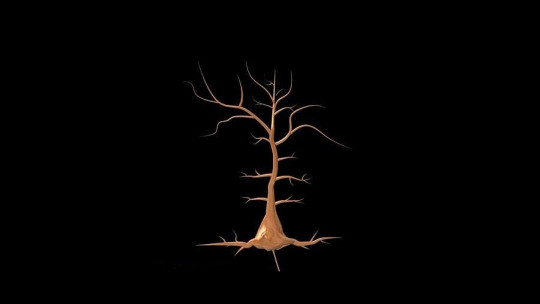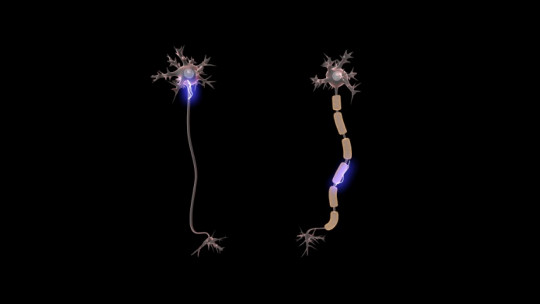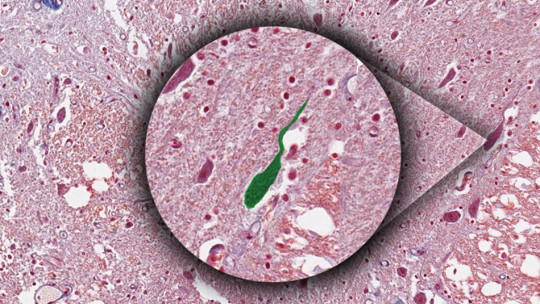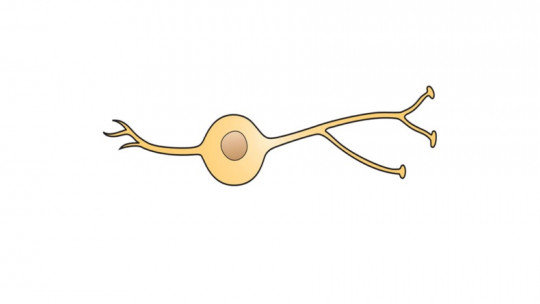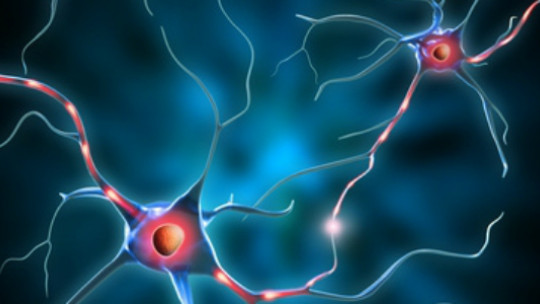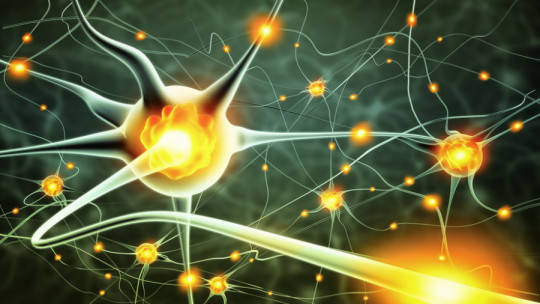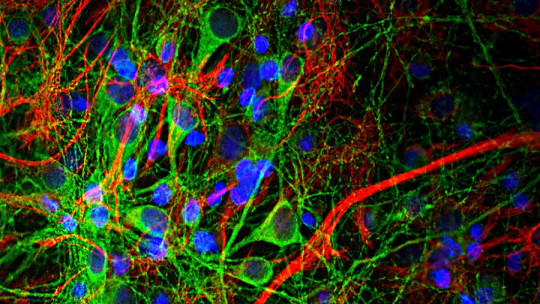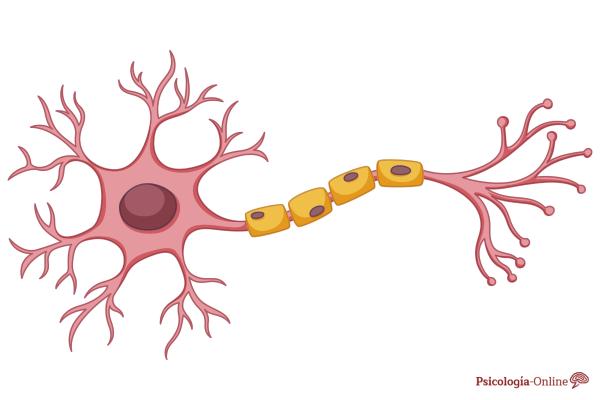Neurons are the main type of cells that make up each of the elements of the nervous system. These structures are well known to most people today.
But although in the collective imagination we have a typical image or representation of what a neuron is, and many people imagine that all or almost all of them have the same structure and shape, the truth is that not all neurons are the same: there are very different types. depending on their shape, where they send the information or even their relationship with other neurons. In this article we will focus on pyramidal neurons and their functions
pyramidal neurons
Pyramidal neurons are one of the different types of neurons present in our nervous system It is one of the most common types of multipolar neuron, accounting for around 80% of the neurons in the cortex (not in vain, two of the layers of the cortex are called internal and external pyramidal) and are found between some of the most relevant of the organization. They are generally considered projection neurons. That is, they act by sending the message to cells far away and separated from the area where they are born.
Discovered by Santiago Ramón y Cajal , the name of this type of neuron refers to the shape of its soma, triangular or pyramidal in appearance. They are mostly glutamatergic neurons, glutamate being the neurotransmitter that activates them, and they usually act as excitatory neurons. They can have different sizes, the largest being the giant pyramidal or Betz cells.
Like other neurons, the structure of this type of neuron consists of a soma, which as we have said has a pyramidal shape, an axon and dendrites. However, they have a peculiarity: regarding the dendrites, they have a fairly long one compared to the rest, called apical dendrite and numerous basal and shorter dendrites that will branch.
Location of these nerve cells
Pyramidal neurons can be found in different parts of the nervous system, but they are much more predominant in some specific areas. Among them the following stand out.
1. Cerebral cortex
Pyramidal neurons are found largely in the cerebral cortex, forming part of most of it and being found in five of the six layers that make up this brain region. Specifically, they can be observed in the granular and pyramidal layers, both external and internal.
They stand out especially in the third and fifth layers (which are in fact called external pyramidal and internal pyramidal), being larger the deeper in the cortex they are. Within the cortex, there are also areas where its existence has been detected more often.
2. Motor cortex
In the motor cortex we can find a large number of pyramidal-type neurons, which are especially linked to motor control. In this area of the crust those known as Betz cells abound giant pyramidal neurons that carry motor information from the brain to areas of the spinal cord where they synapse with the motor neurons that activate movement.
3. Prefrontal cortex
Pyramidal neurons can also be found in the prefrontal cortex, influencing higher mental processes. These cells are considered to They are the main primary excitatory neurons of the prefrontal participating in numerous functions and being considered essential for the existence of behavioral control.
4. Corticospinal tract
Pyramidal neurons are especially visible along the corticospinal tract, which sends motor information from the different brain nuclei. responsible for motor skills, motor neurons that will generate muscle contraction, passing through the spinal cord.
4. Hippocampus
Not only in the cortex can we find pyramidal neurons, but also we can find in subcortical structures One of them is the hippocampus, linked to aspects such as memory and orientation.
5. Amygdala
Another structure in which these neurons are found is in the cerebral amygdala, an area of the limbic system linked to emotional memory.
Functions of pyramidal neurons
Like the rest of neurons, pyramidal neurons are structures that transmit information in the form of electrochemical pulses that will be captured by other neurons until they reach their final destination. Being a type of neuron so prevalent in the cortex, pyramidal neurons are activated and linked to a large part of the functions and processes carried out by humans. Examples of such functions are the following.
1. Movement
Motor control is one of the functions that has traditionally been most associated with pyramidal neurons. Specifically, these neurons are deeply associated with voluntary motor control of muscles.
2. Cognition and executive functions
The excitatory role of pyramidal neurons in the prefrontal cortex means that their activation can be linked to highly relevant cognitive processes, such as executive functions or cognition
3. Emotion
The activity of pyramidal neurons in the prefrontal cortex is linked to the connection of these areas with different subcortical regions, among them the limbic In this sense, the amygdala and the hippocampus play a fundamental role.
4. Memory and orientation
Memory and special orientation are other functions in which great activation occurs in pyramidal neurons, in this case those of the hippocampus.

